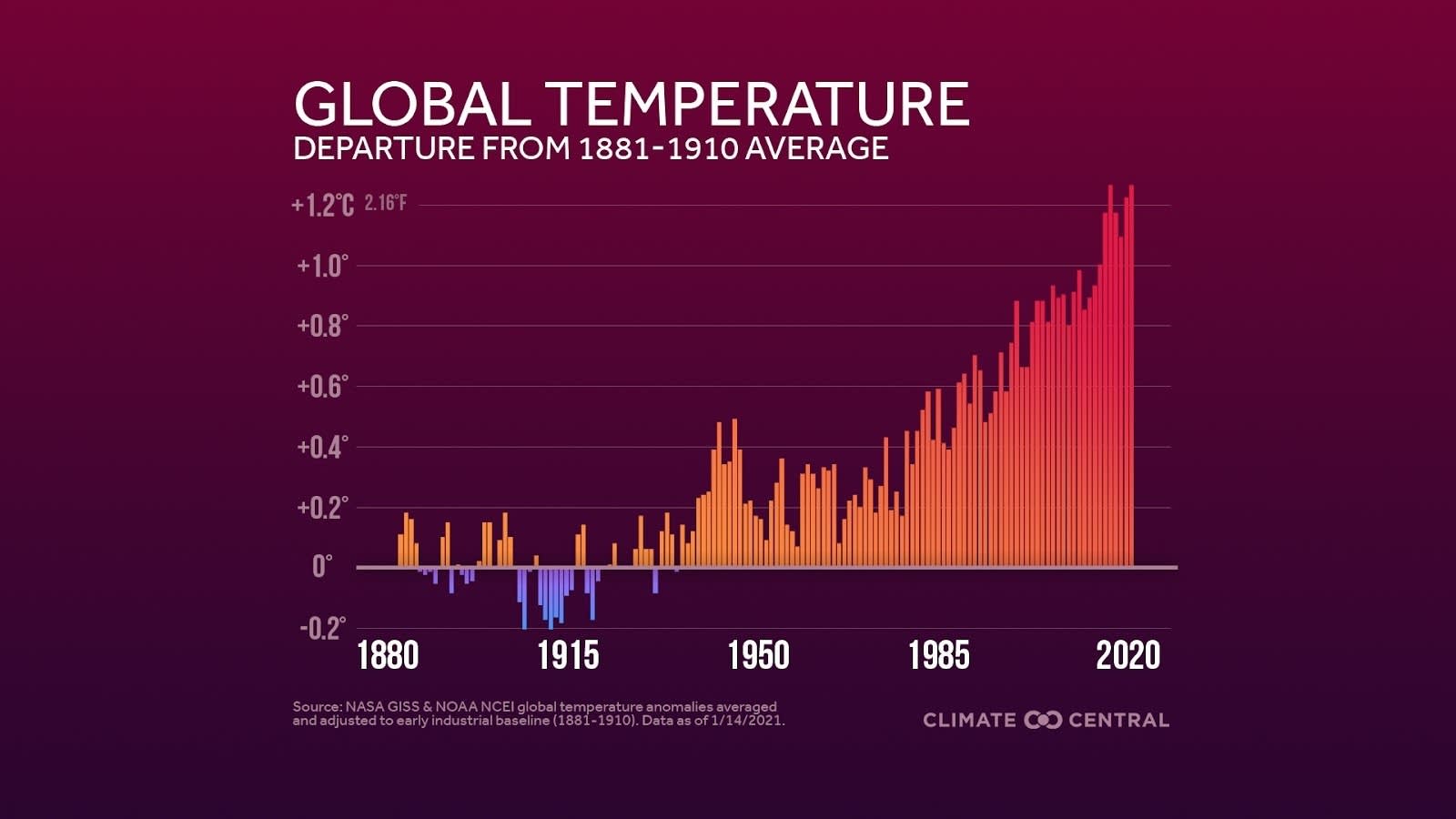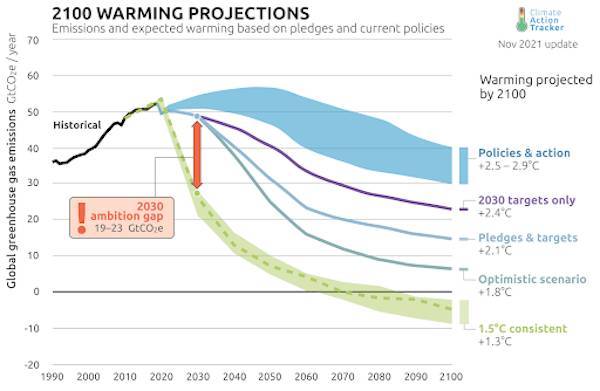Get to Know the Current Global Policy Landscape
Learning Objectives
After completing this unit, you'll be able to:
- Describe the Paris Climate Agreement.
- Explain how governments of all types are combating climate change.
Global Concern Resulted in Landmark Paris Climate Agreement
Seven in ten Americans believe global warming is happening. In one study of 38 countries, 61 percent of people listed climate change as a major threat to the future of their country. Given the widespread acknowledgement of climate change as a critical, global concern, you may be wondering what action our governing bodies are taking to reverse it. In December 2015, 196 countries reached an exciting landmark agreement to reverse climate change and to accelerate and expedite the actions and increase the investments needed for a sustainable, low-carbon future referred to as the Paris Agreement. The Paris Agreement of 2015 had a central aim to limit global temperature increases to below 1.5 degrees Celsius (1.5˚C). (Read the Paris Agreement in the Resources section at the end of this unit.)

© Climate Central
Meeting the Commitments of the Paris Agreement
The 2015 gathering in Paris made world history, solidifying the belief that climate change is a global issue that transcends borders. As such, it charted a new course in the global climate effort—committing nearly every country to positive action.
To reach the ambitious goals outlined in the agreement, participating countries agreed to:
- Adopt the Sustainable Development Goals as a roadmap to end poverty, inequality and achieve environmental sustainability by 2030.
- Provide adequate funding and resources to groups impacted by the effects of climate change, including developing countries.
- Innovate to adopt new technology frameworks that reverse global warming.
In November 2021, leaders convened in Glasgow for COP26, the 26th Conference of the Parties to the United Nations Framework Convention on Climate Change, or the “UN climate talks.” The intention of COP26 was for countries to accelerate action toward the goals of the Paris Agreement and complete the Paris Rulebook. COP26 was expected to deliver on key outcomes of limiting global temperature increases, climate finance and provide a credible global carbon market. While the conference did not deliver the action and commitments to reach the Paris agreement, COP26 elevated the urgency and kept the target of 1.50C still attainable, yet only with further action beyond the pledges made at Glasgow.

© Climate Analytics and NewClimate Institute, Nov 2021
Local Governments Are Leading the Charge
States, cities, and counties are leading the charge to make their communities more climate resilient, through investments in green infrastructure, ambitious renewable energy commitments, and efforts to reduce carbon pollution. The Global Covenant of Mayors for Climate & Energy is the largest global platform for sharing and building on climate action in cities, with the commitment of over 10,000 cities and local governments. Signatories commit to reducing greenhouse gas emissions, enhancing resilience to climate change, and tracking their progress in an open, transparent way that fosters learning among peers. (Learn more about these municipal actions in Resources.)
Across the United States, over 180 cities have already adopted ambitious 100 percent clean energy goals. More than two-thirds of the top Global 300 Cities by GDP Purchasing Power Parity (GDP PPP) are committed to climate action, representing $36.8 trillion USD.
Salesforce’s Stance on Sustainability
Salesforce is committed to setting ambitious climate targets and advocating for cutting edge public policy changes to drive climate action. In 2021, Salesforce codified that work by officially including climate as a part of the company’s public policy platform, joining priorities like equal rights, privacy and security, and others. In 2022, we added Sustainability to our core company values.
The Salesforce climate policy platform is guided by three principles:
- Reduce emission sources and scale nature-based solutions to reach net-zero emissions by 2050.
- Reorient economies and financial systems around a net-zero future.
- Ensure an equitable transition to a more resilient society.
Learn more about Salesforce’s principles by exploring the Resources section at the end of this unit.
Salesforce works with lawmakers and regulators around the globe to support policies that positively impact our employees, customers, communities, business and planet. This advocacy work is rooted deeply within our core corporate values of Trust, Innovation, Customer Success, Equality, and Sustainability.
In the next unit, we will talk more about business’ role in addressing climate change and the areas with the biggest opportunity for impact.
Resources
-
External Site: Yale Climate Opinion Maps 2021
-
External Site: The Paris Agreement
-
External Site: UN Sustainable Development Goals
-
External Site: The Global Covenant of Mayors for Climate & Energy
-
External Site: Taking Stock of Global Climate Action
-
PDF: Salesforce’s Global Climate Policy Principles